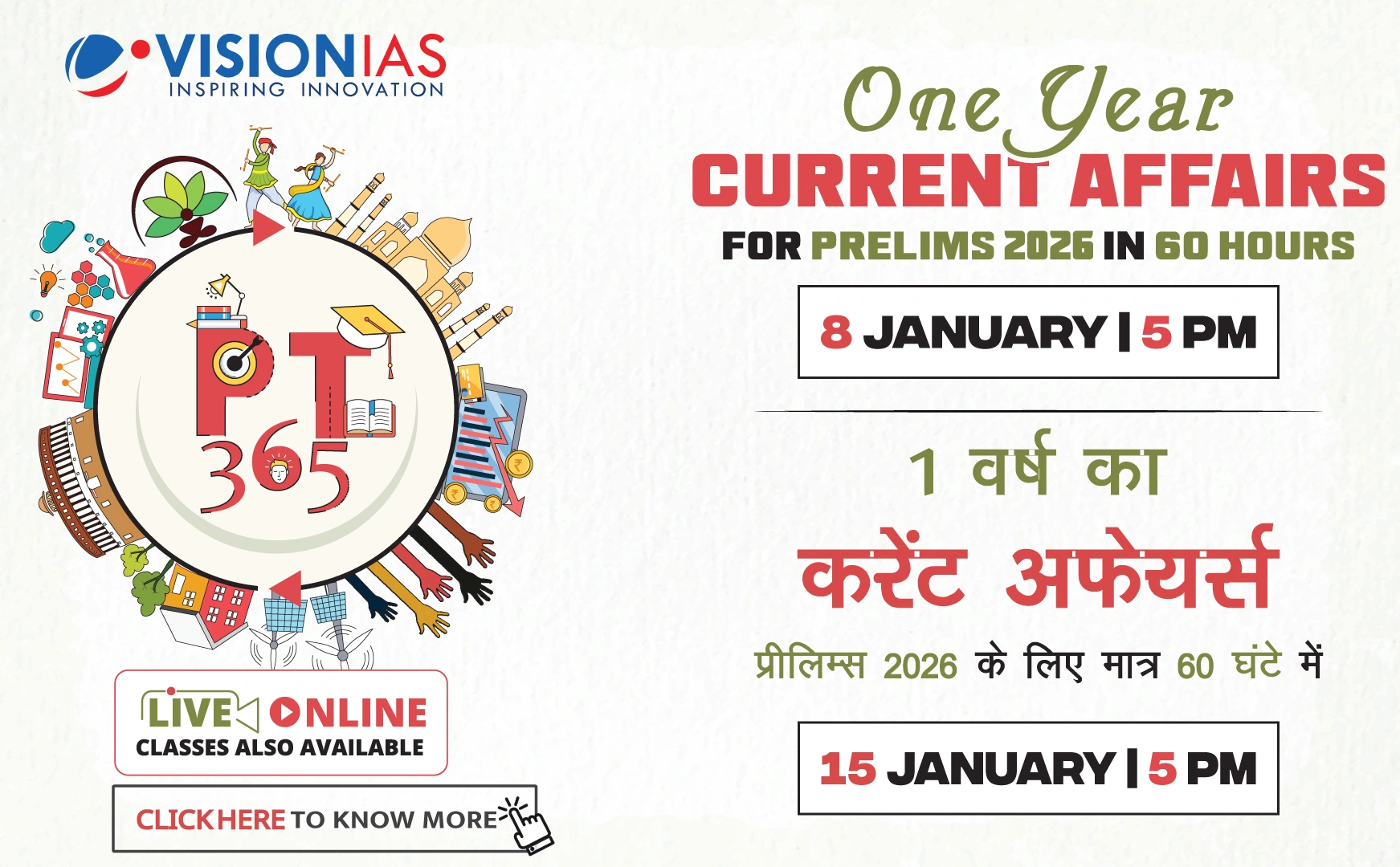Employment Trends in India's Services Sector
The NITI Aayog's latest report highlights the centrality yet paradoxical nature of the services sector in the Indian economy. Despite its rapid growth, the sector remains largely informal, leading to job insecurity and a low-wage trap.
Key Findings
- Informality in Employment: The majority of service sector jobs are informal, lacking job security and social protection.
- Employment Growth: The sector employed nearly 188 million workers in 2023-24, adding 40 million jobs in the last six years.
- Contribution vs. Employment: Although services contribute over half of national output, they account for less than one-third of total jobs, with most being low-paying.
- Structural Divide: High-value segments like IT and finance are productive but employ few people, while traditional services like trade dominate the workforce but remain informal.
- Hidden Informality: Among salaried workers, two in five lack basic social security, reflecting significant informality.
Impact on Gender
- Female Employment: The services sector is crucial for women’s employment, especially in urban areas, but gender wage gaps persist.
- Wage Disparities: Rural women earn less than 50% of men's wages, while urban women earn 84% of men's wages.
- Exceptions: In sectors like ICT, healthcare, and education, women’s earnings match or exceed men’s.
Policy Recommendations
The report proposes a four-part policy roadmap:
- Enhancing formalization and social protection for gig, self-employed, and MSME workers.
- Targeted skilling and digital access for women and rural youth.
- Investing in emerging and green economy skills.
- Promoting balanced regional development through service hubs in Tier-II and Tier-III cities.
The report was released by NITI Aayog CEO B V R Subrahmanyam, along with Professor Arvind Virmani and Chief Economic Advisor V Anantha Nageswaran, aiming to provide a comprehensive assessment of employment in the services sector.



